
Selected reviews about elderly care communities
Selected reviews about elderly care communities offer valuable insights into the experiences of residents and their families. These reviews can highlight the strengths and weaknesses of different communities, helping you make an informed decision when choosing the right care for your loved one.

Good Grief ...fall...fractured pelvis.....hospital stay with hallucinations
Good Grief explores the profound emotional journey following a fall that results in a fractured pelvis. The hospital stay becomes a surreal experience filled with hallucinations, blurring the line between reality and imagination. Through pain and uncertainty, the narrative delves into the complexity of grief and healing in unexpected ways.
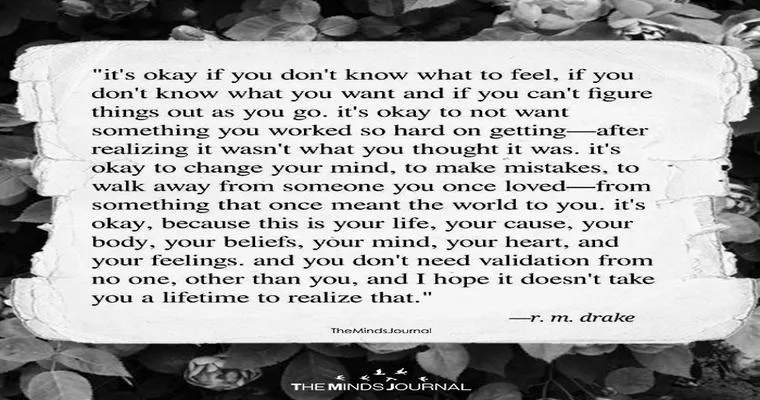
Don’t know how to feel...
"Don’t know how to feel..." captures the confusion and turmoil of emotions that often accompany life's uncertainties. It explores the struggle to navigate inner conflict, the weight of expectations, and the longing for clarity. Through vivid imagery and poignant reflections, it resonates with anyone grappling with complex feelings in a chaotic world.

Finally broke down and cried yesterday
After holding back emotions for so long, I finally allowed myself to feel the weight of my struggles. Tears streamed down my face, releasing pent-up frustration and sadness. In that moment of vulnerability, I found a strange sense of relief, acknowledging that it’s okay to not be okay sometimes.
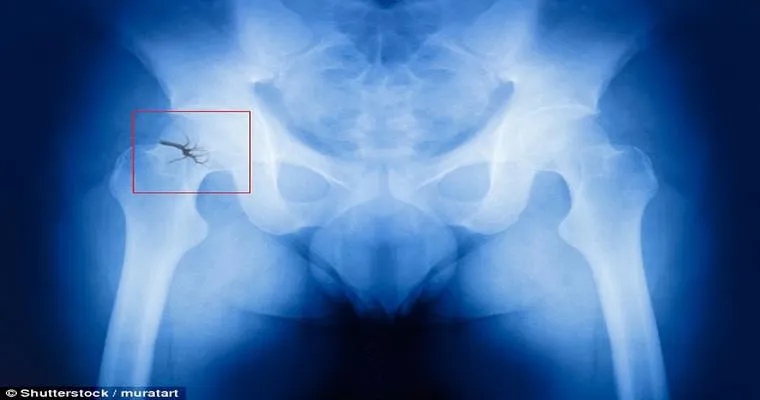
Mom Falls and Breaks OTHER hip!
After a recent recovery from a hip fracture, Mom experienced another unfortunate fall, resulting in a break in her other hip. The incident has left her in pain and facing a challenging rehabilitation process once again. Family and friends rally to support her during this difficult time, emphasizing resilience and care.

How much to hire? How many hours are they available each day for someone to be there for her when we can’t all day?
Hiring someone to provide care involves considering their hourly rate and the number of hours they can be available daily. Rates may vary based on experience and location. It's essential to discuss specific needs and schedule flexibility to ensure reliable support for her when you are unavailable.

Signs of Caregiver Burnout
Caregiver burnout manifests as emotional exhaustion, detachment, and decreased motivation. Caregivers may feel overwhelmed, irritable, and isolated, struggling with physical symptoms like fatigue and sleep disturbances. A loss of interest in activities once enjoyed and difficulty concentrating are also common signs, indicating a need for support and self-care.
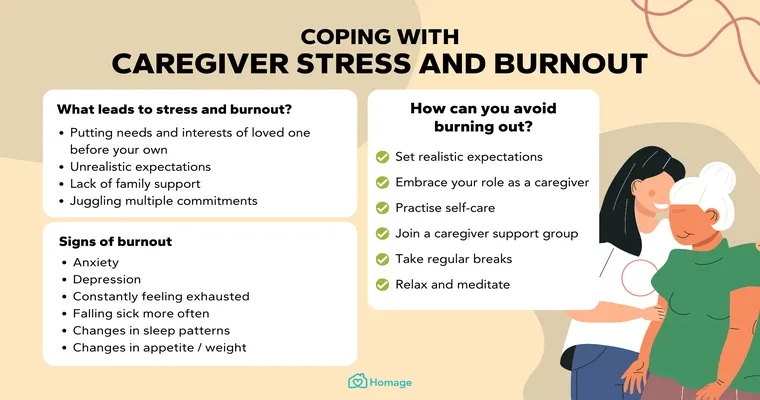
Improving Caregiver Well-Being
Improving caregiver well-being involves providing emotional support, access to resources, and opportunities for self-care. By fostering a balanced environment that addresses physical and mental health needs, caregivers can enhance their resilience and effectiveness. Prioritizing their well-being ultimately leads to better care for those they support and strengthens the caregiver’s own quality of life.

Caught in the “Fix-It Trap” While Caregiving? You May Be Headed for Burnout
Caregivers often fall into the “Fix-It Trap,” feeling compelled to solve every problem for their loved ones. This relentless drive can lead to emotional exhaustion and burnout, as caregivers neglect their own needs. Recognizing this pattern is crucial for maintaining well-being and ensuring sustainable caregiving practices.
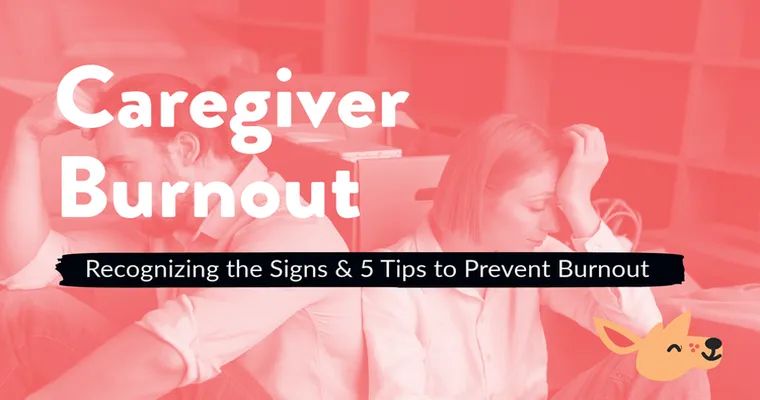
Recognizing Caregiver Burnout
Caregiver burnout is a state of physical, emotional, and mental exhaustion stemming from prolonged stress and overwhelming responsibilities. It often manifests as fatigue, irritability, and a sense of helplessness. Recognizing these signs early is crucial for caregivers to seek support and implement self-care strategies to restore their well-being.
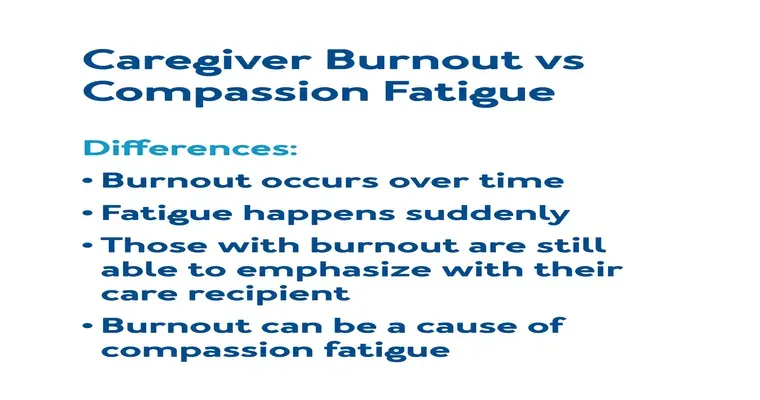
Compassion Fatigue: When Caregivers Go Beyond Burnout
Compassion fatigue occurs when caregivers experience emotional exhaustion and reduced empathy due to the chronic stress of supporting others. Unlike burnout, which relates to work-related stress, compassion fatigue stems from the emotional toll of witnessing suffering. This condition can lead to withdrawal, decreased job performance, and overall diminished well-being.
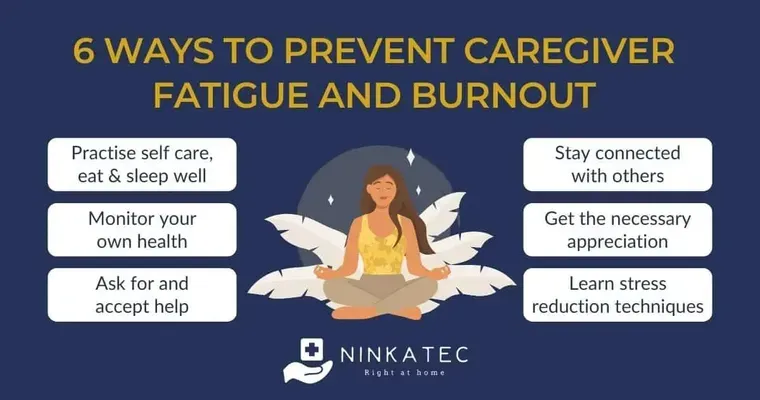
How to Identify and Minimize Caregiver Burden
Identifying caregiver burden involves recognizing signs such as stress, fatigue, and emotional strain. To minimize this burden, caregivers can seek support through respite services, engage in self-care activities, communicate openly with family members, and connect with support groups to share experiences and strategies for managing their responsibilities effectively.

Treatments for Chronic Obstructive Pulmonary Disease (COPD)
Treatments for Chronic Obstructive Pulmonary Disease (COPD) focus on alleviating symptoms, improving lung function, and enhancing quality of life. Common approaches include bronchodilators, corticosteroids, pulmonary rehabilitation, and lifestyle changes such as smoking cessation. In severe cases, oxygen therapy or surgical options like lung volume reduction may be considered.
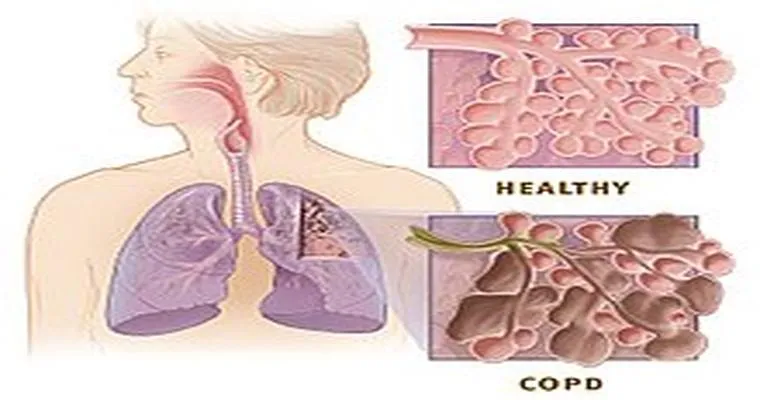
An Overview of COPD
Chronic Obstructive Pulmonary Disease (COPD) is a progressive lung condition characterized by airflow limitation and breathing difficulties. It encompasses chronic bronchitis and emphysema, primarily caused by smoking and environmental factors. Symptoms include persistent cough, wheezing, and shortness of breath, significantly impacting daily life and requiring ongoing management for better quality of life.
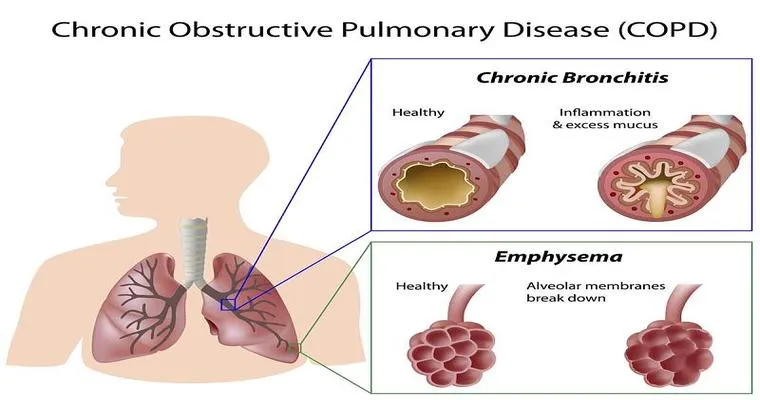
The Difference Between Acute and Chronic Bronchitis
Acute bronchitis is a short-term inflammation of the bronchial tubes, often caused by infections, presenting with cough and mucus production. In contrast, chronic bronchitis is a long-term condition, typically due to smoking or pollution, characterized by persistent cough and breathing difficulties lasting for at least three months annually over two years.
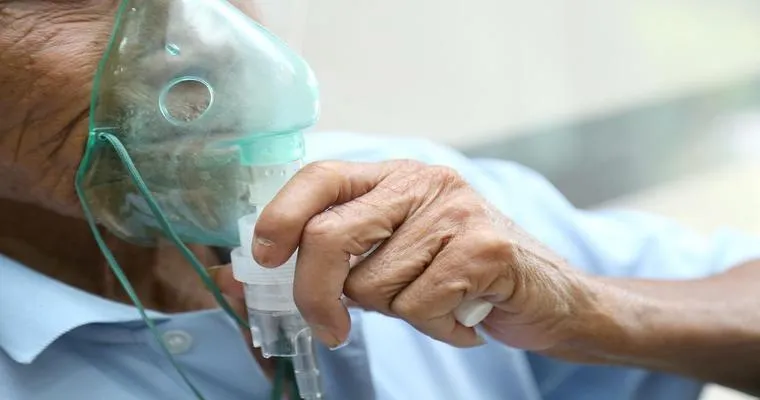
Caring for a Loved One with Lung Disease
Caring for a loved one with lung disease involves understanding their condition, providing emotional support, and assisting with daily tasks. It’s essential to facilitate medication management, promote healthy habits, and create a comfortable environment. Staying informed about the disease can help improve their quality of life and strengthen your bond.

The Right Rehab Program Dramatically Increases Mobility after Joint Replacement
A specialized rehabilitation program significantly enhances mobility for patients recovering from joint replacement surgery. Tailored exercises and therapies focus on improving strength, flexibility, and range of motion. This comprehensive approach not only accelerates recovery but also helps individuals regain independence and return to daily activities more quickly and effectively.

Family FAQ: Skilled Nursing Facilities and Senior Rehabilitation Centers
Family FAQs about skilled nursing facilities and senior rehabilitation centers provide essential information on services, care standards, and admission processes. They address common concerns regarding patient care, staff qualifications, payment options, and rehabilitation programs, helping families make informed decisions for their loved ones’ long-term health and well-being.
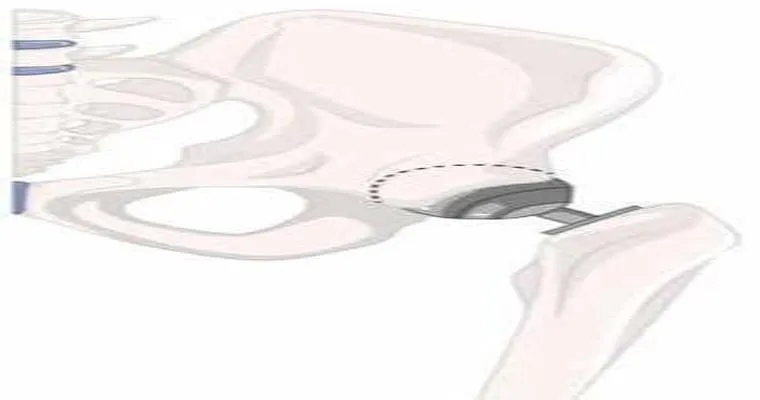
Hip Replacement Surgery: How to Prepare and What to Expect
Hip replacement surgery involves replacing damaged hip joints with artificial ones to relieve pain and improve mobility. Preparation includes medical evaluations, physical therapy, and home modifications. Post-surgery, patients can expect a recovery period that includes pain management, rehabilitation exercises, and gradual return to daily activities for optimal healing.
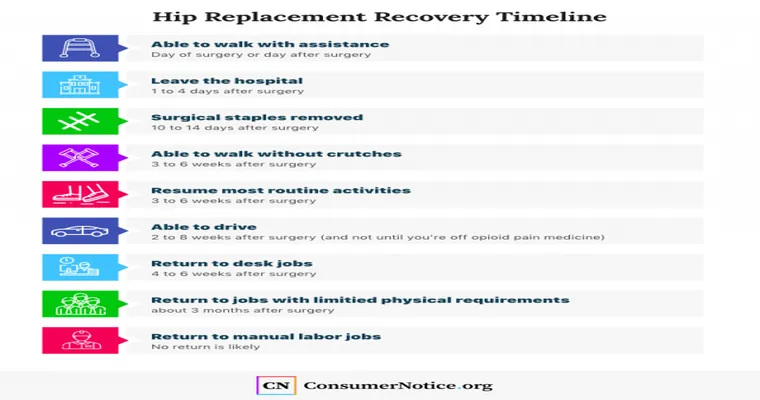
Questions and Answers About Hip Replacement Surgery and Recovery
This resource provides essential information about hip replacement surgery, addressing common concerns and queries. It covers the procedure, expected outcomes, and recovery tips, helping patients understand what to anticipate before and after surgery. The answers aim to alleviate anxiety and promote a smoother healing process.

Do All Seniors Need Rehabilitation After a Hip Injury?
Rehabilitation after a hip injury is beneficial for many seniors, as it helps restore mobility, strength, and independence. However, the necessity varies based on individual health, injury severity, and pre-existing conditions. Tailored rehabilitation plans can enhance recovery, ensuring seniors regain their quality of life effectively.
Page 111 of 134